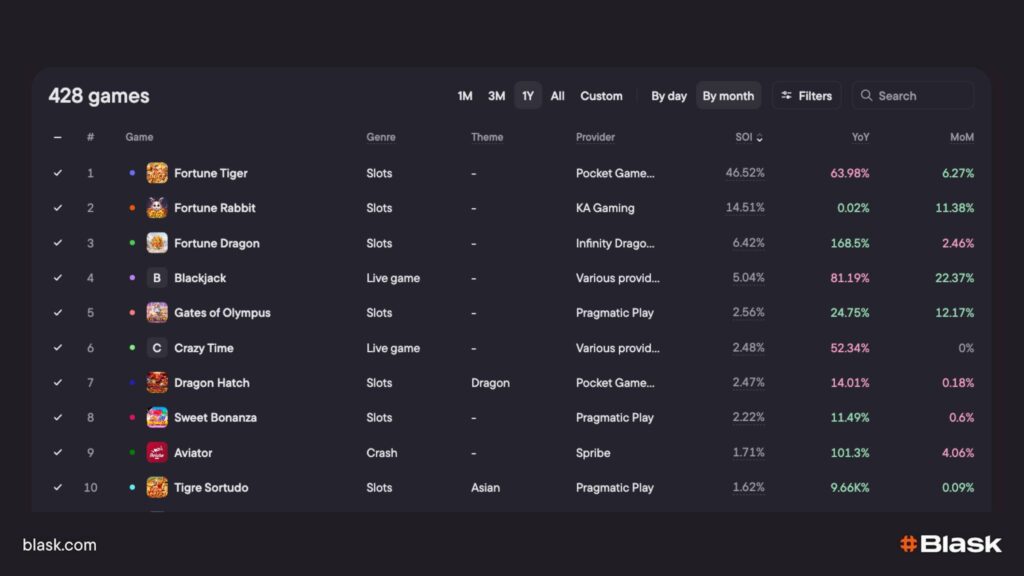Session length
What session length is
Session length is the simplest way to ask a hard question: how long do people actually stay.
💡 In iGaming it is the elapsed time between a player’s first qualifying action in a visit and their last, filtered for idle stretches and tab-hopping. It is not a charm metric.
A long session can mean immersion; it can also mean friction. A short one can signal boredom; it can also signal a tidy, successful visit. The job is to read time as behavior, not as virtue.
The shape of time has changed.
Mobile first play compresses attention into short, punctuated windows on a bus ride, in a kitchen line, between matches. Desktop still carries the long, Friday-night arc, but it is no longer the median. Mechanics reflect that shift.
Free spins feel like a tour, re-spins like a sentence extended for emphasis, bonus buys like a jump cut to the headline. Each tool edits time. So do your flows.
A KYC step that forgets progress, a cashier that hides a familiar instrument, a lobby that does not refresh its top row — all lengthen the wrong parts of a session and shorten the right ones.
How to measure what matters
- Define a session with intent.
- Start at the first real interaction — not the first pixel rendered — and end after a sensible period of inactivity.
- Strip out idle slabs and background tabs.
- Read median session length before mean; a handful of marathon visits can make the average lie. Segment by device, market, and acquisition wave.
- A cohort who arrived through creator streams will pace differently from one who came for a football weekend.
- Track companion lines — sessions per user, first-minute bounce, time to first bet, time to first bonus entry — so you can tell whether time is saying “flow” or “fun”.
💡 Time is context, not a KPI.
Longer is not automatically better. The right session is the one that matches the player’s intent and reaches a clear, fair outcome without friction.
How B2B teams actually use session length
- Operators read time through the lens of editorial hygiene.
If day-1 sessions shrink, check the first screen before you check the roadmap. Are the tiles legible. Does at least one headliner explain itself in under ten seconds.
Is there a seasonal card that belongs above the fold this week. When day-7 slumps, ask whether CRM nudges bring people back to a clear destination or to a generic lobby.
Smooth deposits and visible progress cues stretch the part of the session that feels like play and shrink the parts that feel like paperwork. - Providers design for readable minutes.
A slot that teaches its heartbeat in the first sixty seconds earns the right to a longer visit; a title that hides its bonus entry behind jargon trains newcomers to leave.
Pacing tools change the profile: re-spins add small eruptions inside base play; free spins add a guided tour; bonus buys compress the arc into a handful of high-variance beats.
None of this changes the physics of RTP or randomness — it changes whether a player understands what is happening quickly enough to stay. - Affiliates and creators influence time by setting expectations.
A three-minute clip that shows a claim, a bonus entry, and an ordinary outcome teaches tempo honestly; highlight reels of outlier jackpots do the opposite.
When the story and the store agree on pace, session length becomes a product property rather than a surprise.
💡 Measure the first minute
If a player does not understand what happens in minute one, they will not give you minutes two through five.
Measuring and shaping time with Blask
Session length is your house metric, but it breathes with the market and with the way you merchandise your shelf. This is where Blask’s lenses help you separate product fixes from placement fixes.
At the backdrop level, Blask Index shows whether ambient attention is rising or falling in near real time. If your session length contracts while the index climbs, rivals are using the moment better — edit the lobby and flows. If both fall, adjust expectations and plan retention around the season rather than against it.
On the shelf, Blask Games reduces guesswork to two dials. Game Visibility Rank (GVR) is where a title actually sits in each operator’s lobby — single-digit GVR is headline treatment; the teens are still visible; the twenties are an afterthought. Share of Interest (SoI) reflects how much attention a game or theme is commanding this week.

📖 Check the Quick tour: the “Countries” view in Blask Games
Read them alongside time. If a re-spin-forward or plainly readable title has strong SoI but a deep GVR, you are starving short sessions of the very clarity that could lengthen them — move the card up and watch minute-one bounce.
If GVR is heroic but session length does not budge, placement is doing work the theme or UX is not; rotate a title with a clearer heartbeat. For acquisition-retention balance, keep an eye on Acquisition Power Score (APS) — if APS is climbing while sessions shorten, you may be filling the funnel faster than you teach newcomers how to stay.
💡 Two shelves, one outcome The market’s heat (Index) and your shelf reality (GVR/SoI) explain most swings in session length. Fix the shelf before you blame the season.